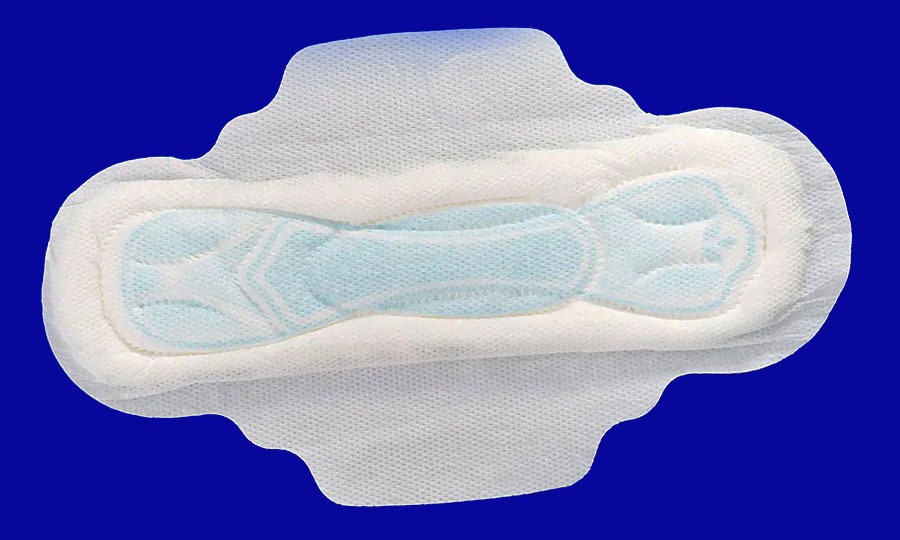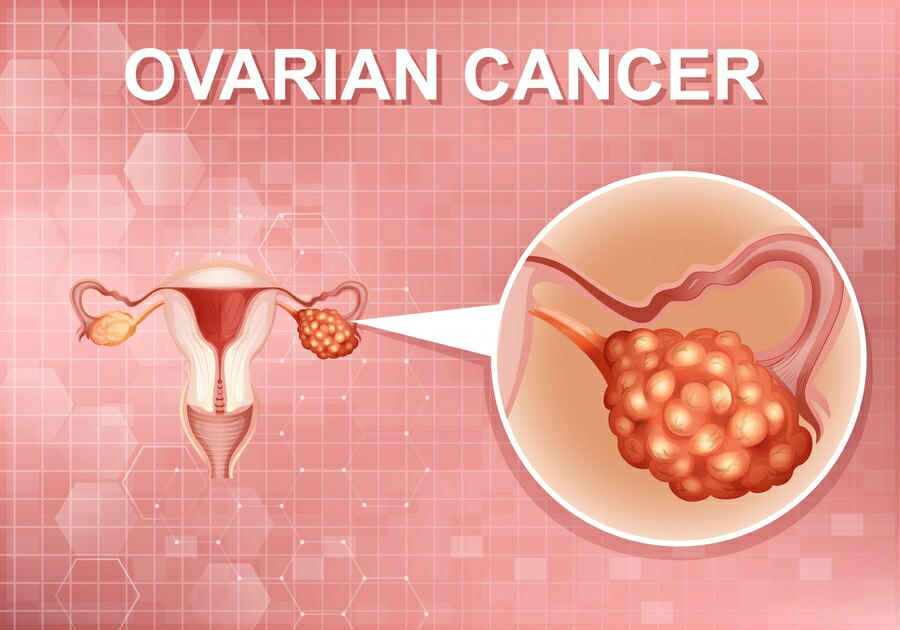
Sanitary pads are a staple of menstrual hygiene, offering convenience and accessibility. However, concerns have emerged regarding the potential health risks associated with certain chemicals used in their production. Some studies suggest that prolonged exposure to harmful substances in sanitary pads may contribute to reproductive health issues, including ovarian cancer.
The Link Between Sanitary Pads and Ovarian Cancer
While sanitary pads are generally considered safe, some contain dioxins, phthalates, and volatile organic compounds. Dioxins, in particular, are byproducts of the bleaching process used in some pads. Research indicates that long-term exposure to dioxins may accumulate in the body, potentially affecting reproductive organs and increasing the risk of ovarian cancer.Additionally, synthetic materials and fragrances in some pads may cause irritation and disrupt hormonal balance, further contributing to reproductive health concerns.
Why Women in Nepal Face Higher Risks
Nepalese women, especially those in rural areas, may be at greater risk due to several factors:
- Limited Access to Safe Menstrual Products-
Many women rely on low-cost, commercially available sanitary pads, which may contain higher levels of harmful chemicals. Lack of awareness about safer alternatives, such as organic cotton pads or menstrual cups, exacerbates the issue. - Poor Menstrual Hygiene Practices-
Due to cultural taboos surrounding menstruation, many women in Nepal lack proper education on menstrual hygiene. Prolonged use of a single pad, inadequate washing, and improper disposal can increase exposure to harmful substances. - Environmental Contamination-
In Nepal, improper disposal of sanitary pads can lead to environmental pollution, further exposing women to toxins. Burning pads, a common practice, releases harmful chemicals into the air, which may contribute to long-term health risks.
Steps to Reduce the Risk
To minimize potential health risks, women can take the following precautions:
- Choose organic or chemical-free sanitary products to reduce exposure to harmful substances.
- Change pads frequently (every 3-4 hours) to prevent bacterial infections and prolonged exposure to chemicals
- Educate communities about safe menstrual hygiene practices and advocate for better access to healthier alternatives.
- Encourage sustainable menstrual products- such as menstrual cups or reusable cloth pads, which are free from harmful chemicals.
Conclusion
While more research is needed to establish a direct link between sanitary pads and ovarian cancer, the presence of harmful chemicals in some products raises valid concerns. Women in Nepal, particularly those with limited access to safe menstrual hygiene products, may face higher risks. Raising awareness, promoting safer alternatives, and improving menstrual hygiene education can help mitigate these risks and protect women’s health.
Written by :Rezina Tuladhar

Sudina Shrestha
प्रकाशित: २२ जेष्ठ २०८२, बुधबार १९:१५
ताप्लेजुङको मेरिङ्देन सडक १६ दिनका लागि बन्द

फिल्म जनै हराएको मान्छेको नयाँ गीत ‘मसुरीको दाना’ सार्वजनिक

श्रीमतीको हत्या गरेको अभियोगमा श्रीमान पक्राउ

मोरङ र उदयपुरबाट जबरजस्ती करणी गरेको अभियोगमा पक्राउ

गाजामा युएईले हवाई मार्गबाट सहायता पुन: सुचारु गर्ने

दिक्तेल रुपाकोट मझुवागढीका मेयर शिर मुण्डन गरेर सत्याग्रहमा






